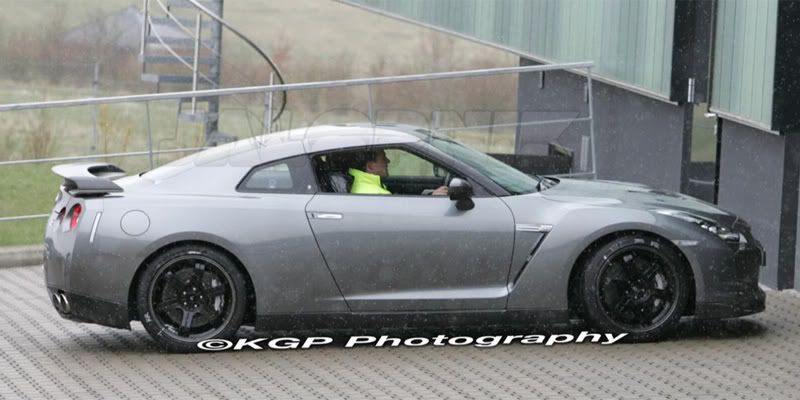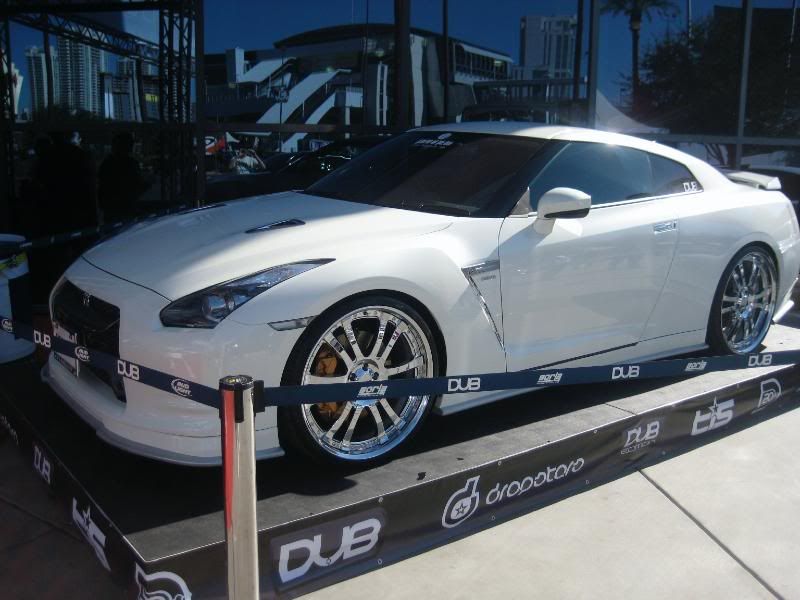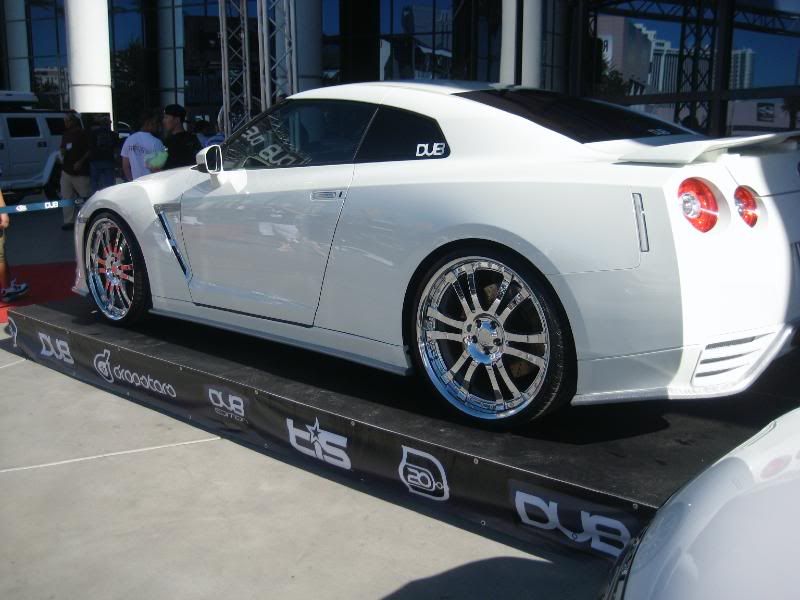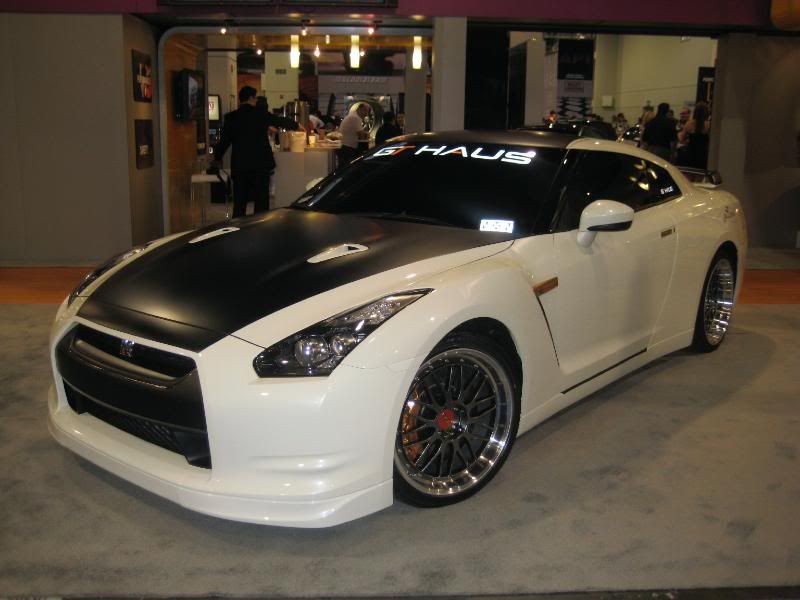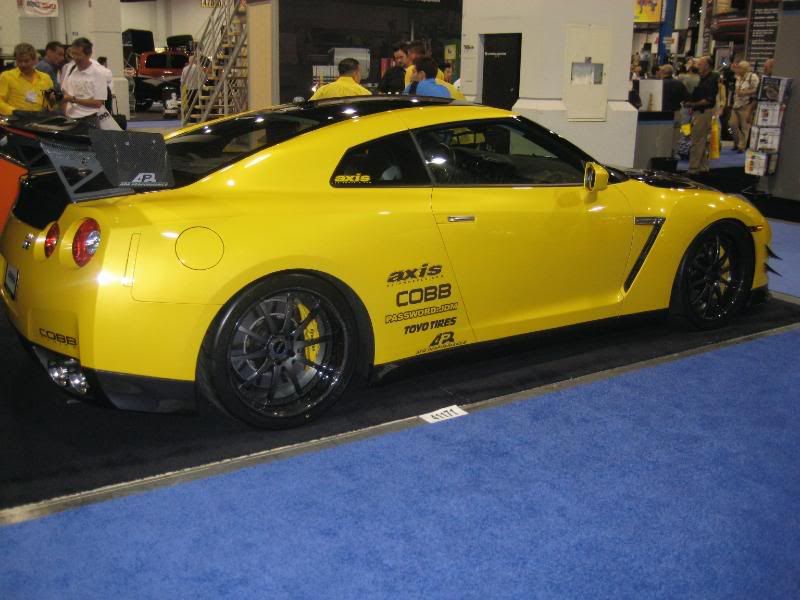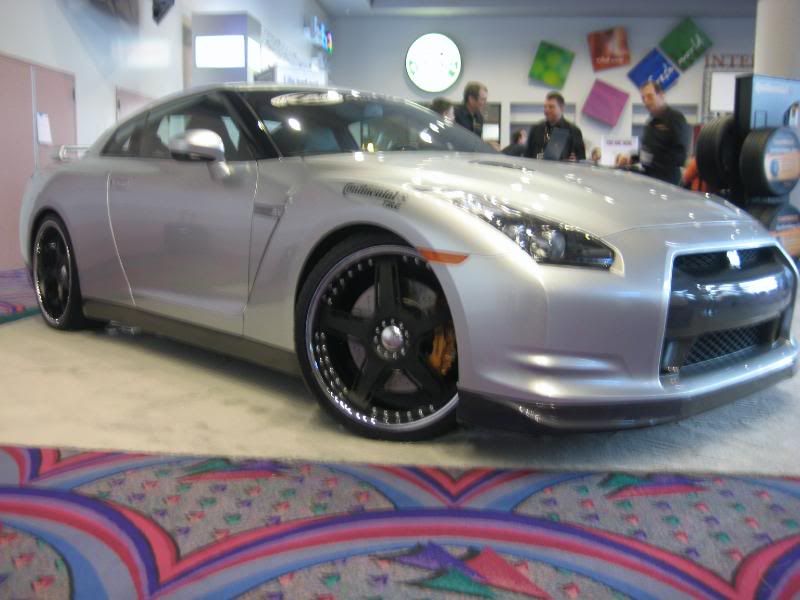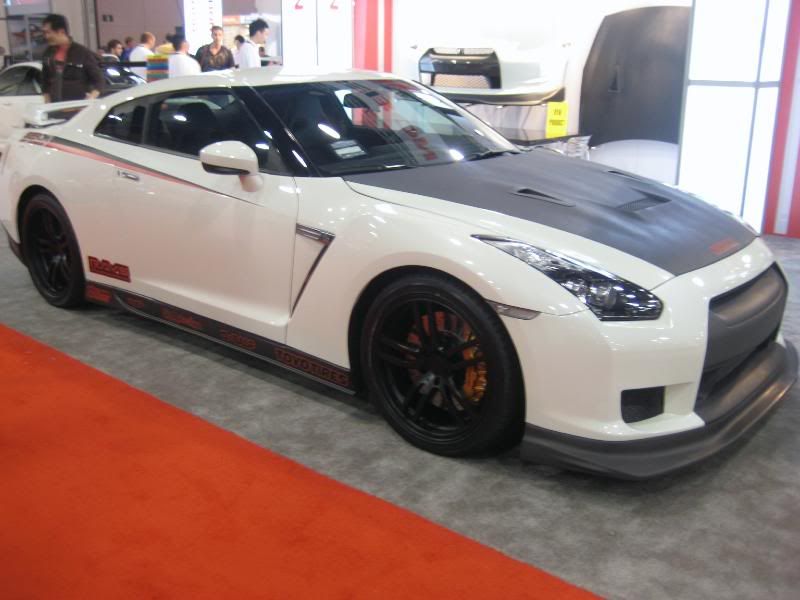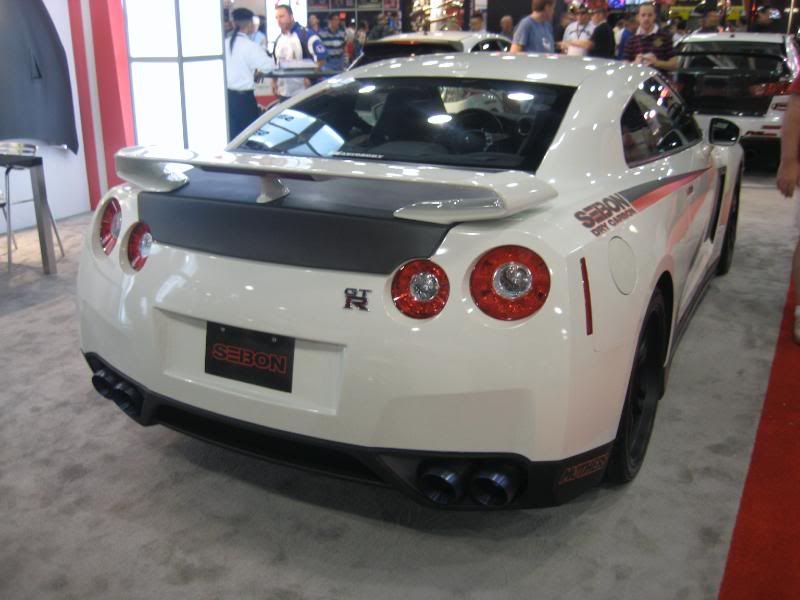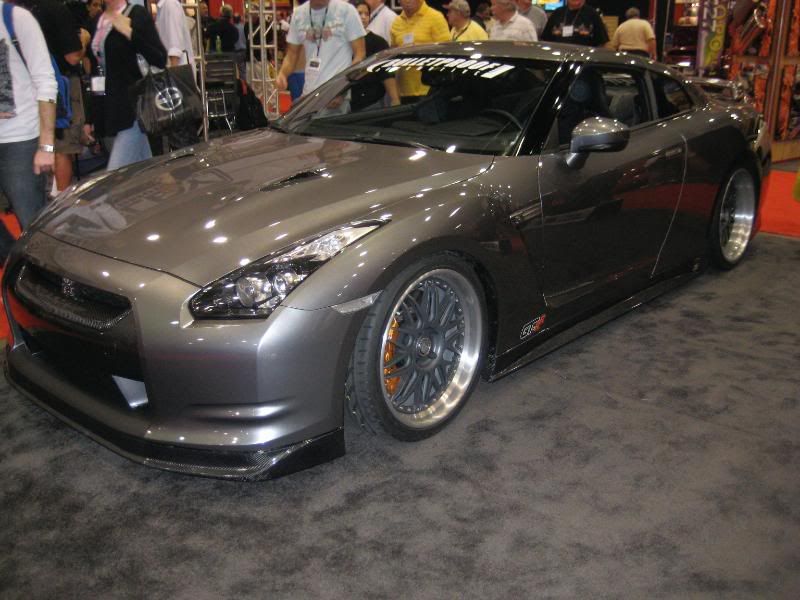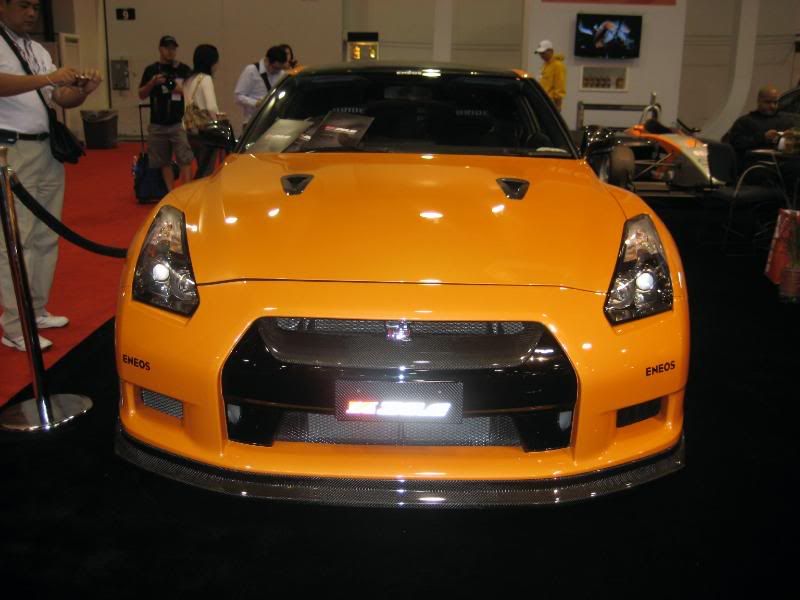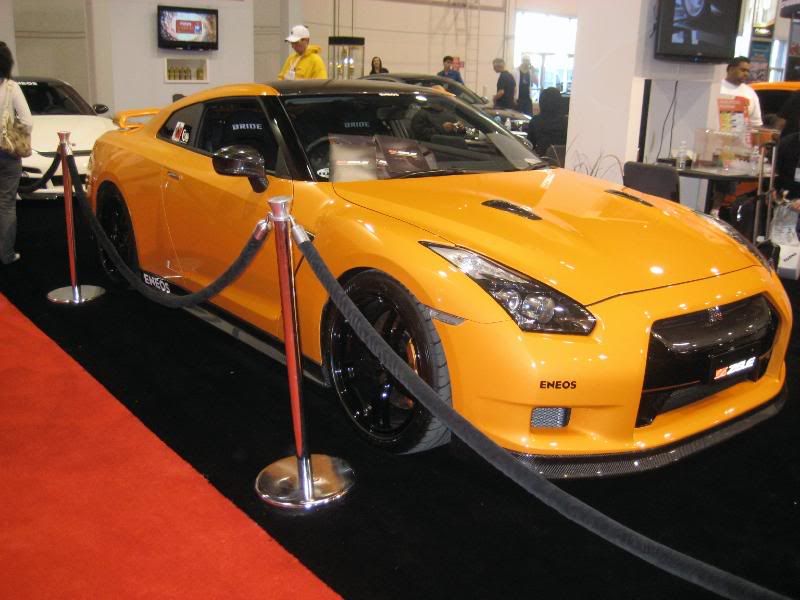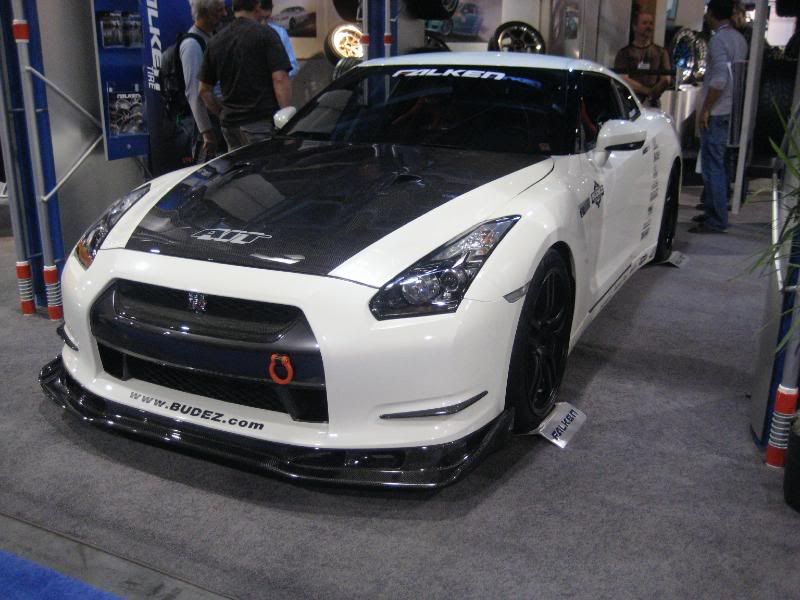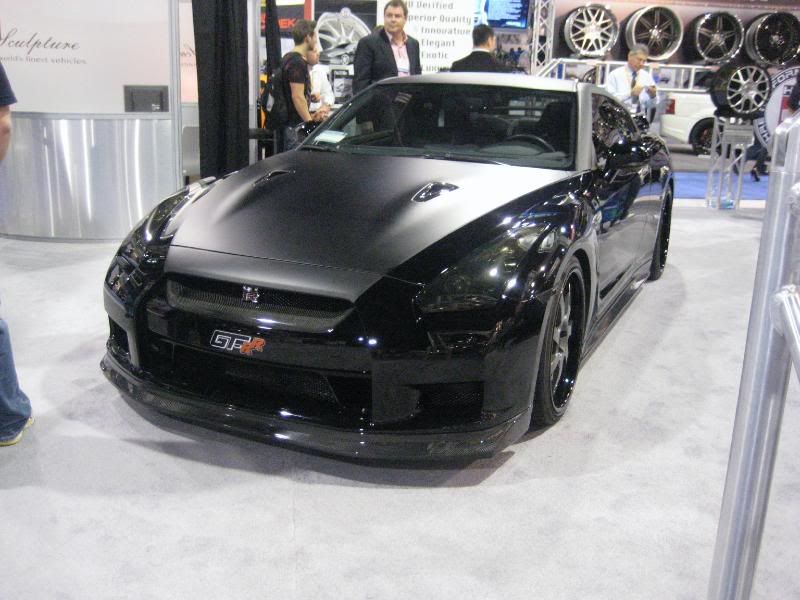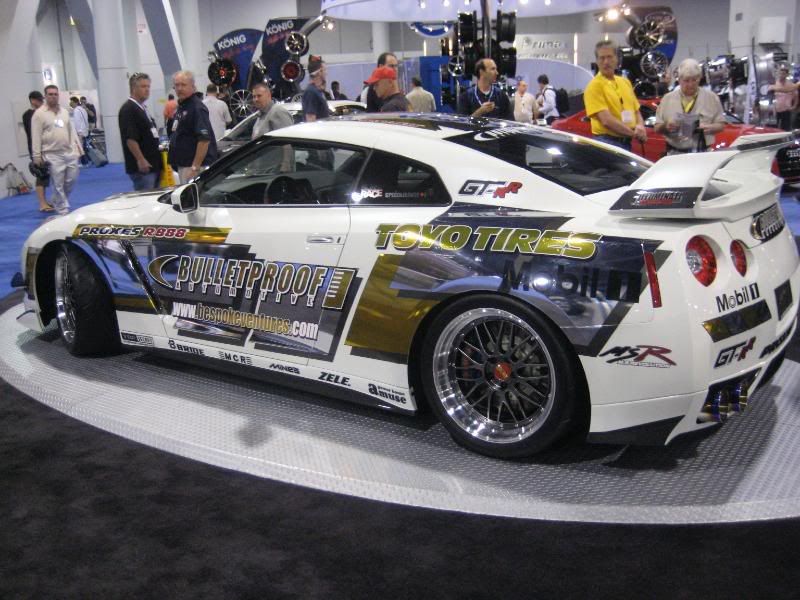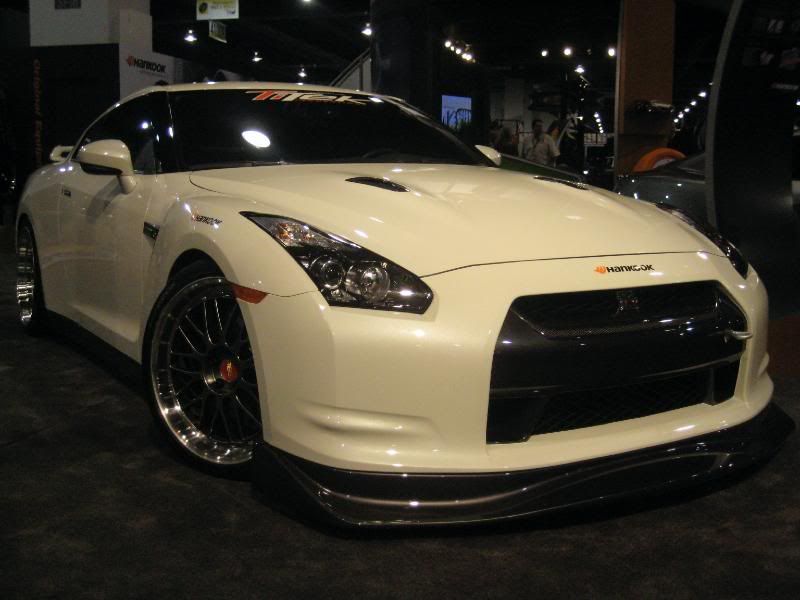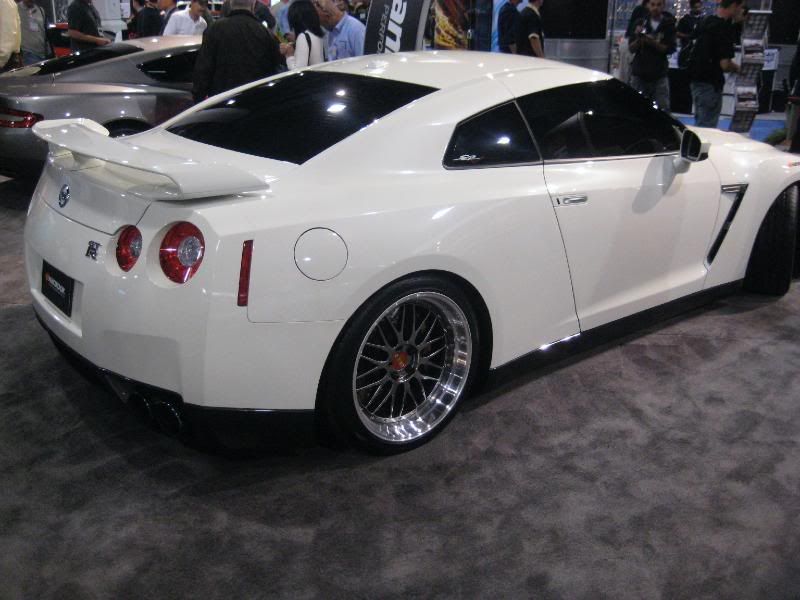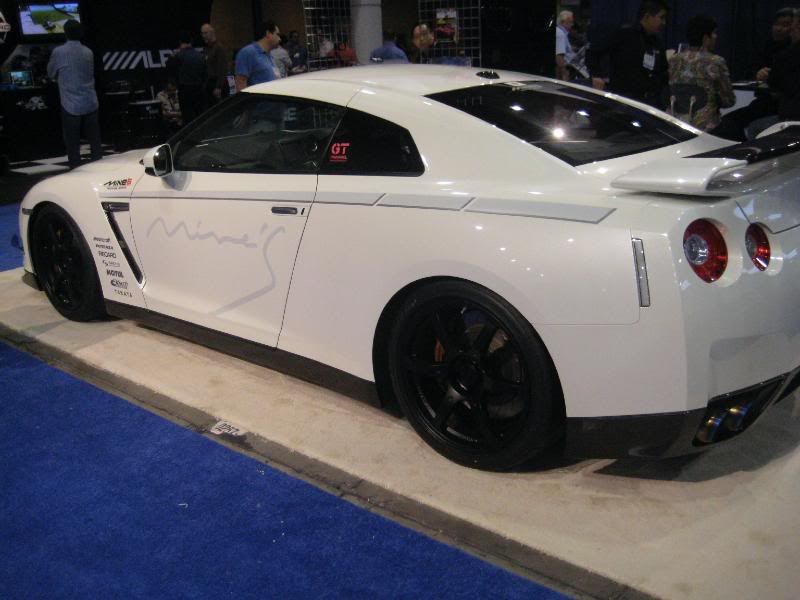When supercar-beating performance is the main development bogey, vehicle engineers often embrace new solutions. So it was with Nissan's team developing the all-new 2008 GT-R.
Nearly four years ago, they decided that the GT-R would have a six-speed dual-clutch transmission (DCT) driving a rear-mounted transaxle—a complete departure from the front-mounted gearbox in the iconic Skyline models that preceded the new GT-R. Equally fresh was the decision to go outside for transmission-design expertise—in this case BorgWarner, which partnered with Nissan's keiretsu gearbox supplier, Aichi.
"Nissan's high benchmark for the GT-R aimed at turning very fast laps at the Nurburgring—on par or faster than any production car," recalled BorgWarner Program Manager Keith Martin. "To achieve this, and handle the super-coupe's 434 lb•ft (588 N•m) and 480 hp (358 kW), their vehicle-dynamics people decided they needed a 50:50 weight distribution, which meant putting the transmission in the back between the two seats." (For details of the GT-R's turbocharged V6, see January '08 AEI.)
Nissan's GT-R team also specified fast-shifting automatic functionality, rather than the pure manual shifting used before.
"But they didn't want to be saddled with a torque converter and a traditional planetary automatic," noted Bob Blakely, BorgWarner's Manager of Market Research and Planning. "And being a low-volume car, they wanted a single transmission for the entire product line. So Nissan decided it was time to jump into dual clutch."
Martin said the DCT's joint development was a true collaboration, with Nissan and Aichi stationing engineers at BorgWarner's Powertrain Technical Center in Auburn Hills, MI. Aichi, whose core competence is in countershaft-type manual gearboxes, was responsible for the gearset. BorgWarner, whose DCT experience includes many Volkswagen models and the 1000-hp (746-kW) Bugatti Veyron, handled the specific design, packaging, and testing required to make the unit a DCT, including clutch design and development.
The first prototype was located longitudinally directly behind the engine. BorgWarner had previous experience with this type of unit, having built a rear-drive six-speed DCT prototype (called Project America) demonstrated in a Chevrolet Silverado.
The Nissan rear-wheel-drive DCT transaxle is the first of its kind, but Martin noted that others are in the pipeline. It incorporates the gear-driven power takeoff for the front axle within the transaxle. This mandated a "very tight" packaging job because the GT-R is a 2+2 coupe—the rear axle sits well behind the input flange. The countershaft is positioned down low and to the right side of the vehicle, to orient the power takeoff to the front.
"When you look at the transmission pan in relationship to the centerline of the axle, then notice the centerline of the driveshaft and the large-sized driveshaft tunnel, you can see that the entire system sits high in the car," said Tom Braford, a veteran BorgWarner Technical Specialist involved in the Nissan DCT program. "That was necessary to hit the design objectives."
The clutch is similar to typical wet clutches in plantetary automatics, upscaled to handle the additional input torque and power level and given adequate cooling flow for maximum heat rejection, observed Blakely. He added that the friction materials were developed specifically for the GT-R program and offer the highest performance capability of any in BorgWarner's extensive range.
Martin's team is quite proud of the design that locates the shift forks down low in the pan, noted Braford. "It gives us a very low-mass, low-inertia shifting system," he said. "It also was designed so that the shift rails located up above which pilot this don't actually move. Only the fork on the rail moves. So the mass that's in motion to shift the gears is significantly minimized, making the shifts occur quicker."
Braford explained that in the initial longitudinal design, all actuation was built into a single controller body mounted on the side of the case. When the DCT design was changed to a transaxle, actuation was divided into two controller bodies, one of them located in the pan.
"Obviously having all components in a single body, from the cost, manufacturing, reliability, that's the way to go," he said. "There are different philosophies in this area."
Another key factor in giving the GT-R lightning-quick shift capability was significantly shortening the fluid path to about 1 in (25 mm), Martin added. Cooling is primarily handled by a 6-kW (8-hp) transmission cooler similar to those used on planetary types. A major challenge was keeping overall mass down without resorting to a magnesium case (the GT-R's is aluminum). "We were looking at individual parts and how we could reduce their weight by grams, while providing the strength required," Martin said. The unit's mass as installed in the car is approximately 258 lb (117 kg).
![]()
![]()
